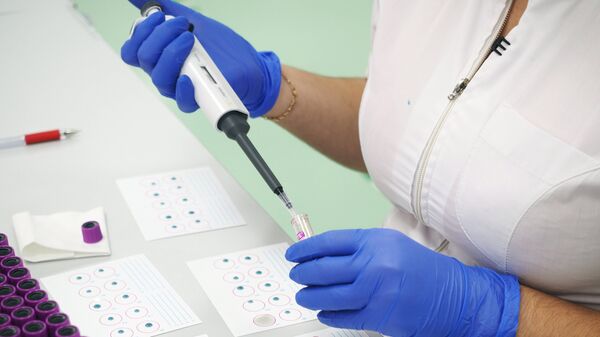Researchers who dove 60 feet underwater to examine the flora of the ancient “submarine forest” in the Gulf of Mexico have come to believe that shipworms, among other marine organisms living in 60,000-year-old tree trunks, could be used in the pharmaceutical industry, the NOAA Office of Ocean Exploration and Research (OER) said on its website.
“Dr. Haygood says that any compounds they find have already gone through millions of years of pre-screening in the bodies of evolving shipworms. This makes them likely to be less toxic to humans than drugs that are whipped up in a lab.” Super cool🤓 https://t.co/Y8ewDTMAeD
— Honey Bee Gee (@BSeeprs85) April 6, 2020
The organisms, namely the bacteria found there, are said to contain compounds for medicine and biotechnology and be conducive to the development of new medicines - antibiotics.
Scientists race to search a 60,000 yr old submerged forest for sea life that might conceal medicine of the future. #Shipworms #Seacreatures #MedicineDiscovery #Medicine https://t.co/Ox8m00Lo2q pic.twitter.com/b7Ea67LkME
— 🏳️🌈 Cara Santa Maria 🏳️🌈 (@CaraSantaMaria) April 3, 2020
NOAA released new footage of the underwater area earlier this week and the researchers expect to publish their first findings from the trip within the next few months.
The ambitious project involves a team from Northeastern University and the University of Utah, who are analysing the logs pulled from the depths, including shipworms and other marine fauna - about 300 new species.
The whipworms, in particular, were found to have been literally “stuffed full of biosynthetic pathways” that are especially relevant in drug development, according to Margo Haygood, a molecular biologist at the University of Utah.
“We picked apart the wood more or less splinter by splinter and found all kinds of creatures in those samples, but there will certainly be more beyond what we have discovered”, Haygood said, sharing the details of the field work with Vice.
Over 300 animals were removed from the wood and identified last December, with the team singling out approximately 100 strains of bacteria, many of which are novel, and 12 of them are already undergoing DNA sequencing.
The potential is understood to be great, as drug compounds produced by symbiotic microbes are less likely to display toxicity toward animals than free-living bacteria, and, importantly, can be more easily reproduced at lower temperatures and under less stringent industrial conditions.



